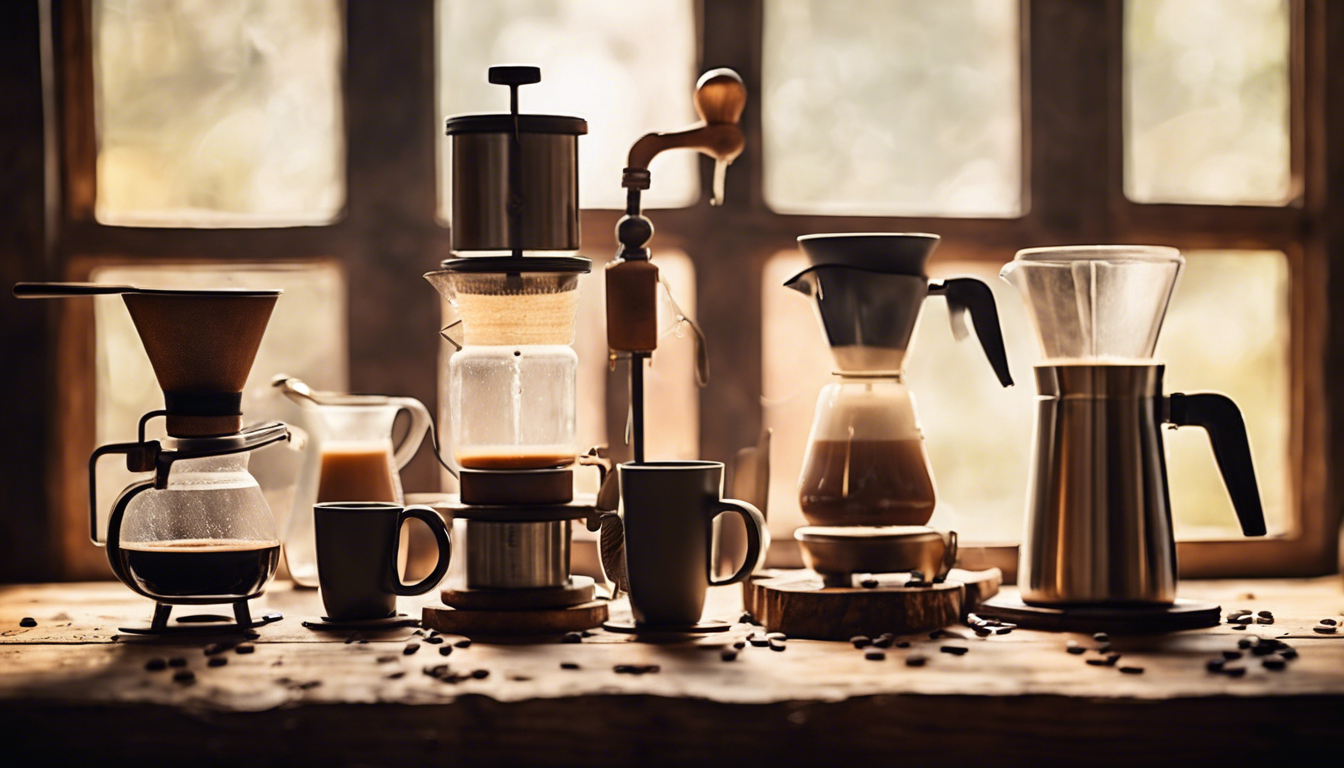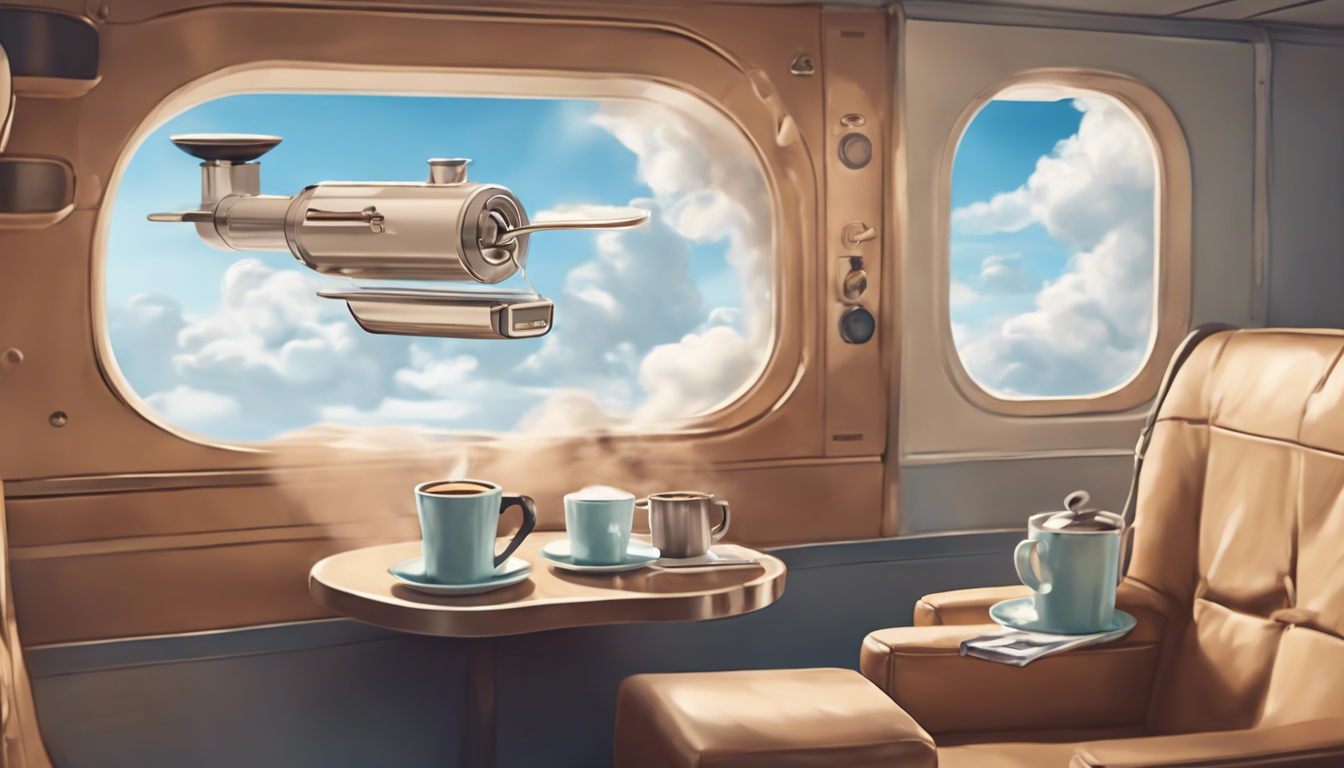Exploring the Difference Between Espresso Beans and Coffee Beans

Exploring the Difference Between Espresso Beans and Coffee Beans
When you step into a coffee shop or scroll through an online coffee store, you might wonder about the difference between espresso beans and coffee beans. Although these terms are often used interchangeably, they refer to distinct preparation methods and roasting techniques. This guide will uncover the subtle contrasts, so you can make informed choices for your next brew, whether you favor a robust espresso shot or a steaming cup of drip coffee.
Demystifying the Bean: Espresso vs. Coffee
At the core, espresso beans and coffee beans share the same origin—the beloved coffee plant. However, the difference lies in their roast levels, grind size, and brewing techniques. Let's delve into these elements to better understand their impact on flavor and aroma.
The Roast: Crafting the Perfect Flavor
The primary difference between espresso beans and coffee beans is often the roast level. Espresso beans are typically roasted longer and darker than regular coffee beans. This is because espresso brewing methods, such as those using espresso machines, extract flavors rapidly. A darker roast helps balance the sharpness inherent in the concentrated brewing process. The result is a bold flavor with a signature crema—an indulgent layer of froth that tops off a satisfying espresso shot.
On the other hand, coffee beans intended for traditional brewing methods, like drip or pour-over, are usually medium to light-roasted. These beans preserve more of the coffee's natural flavors and acidity, making them suitable for slower extraction methods that allow these subtler flavors to shine.
The Grind: Getting the Texture Right
Grinding bean size is another significant difference that influences the final flavor profile when distinguishing between espresso beans and coffee beans. Espresso requires a fine grind to ensure the hot water passes through the coffee grounds under high pressure in just the right amount of time—usually between 20 to 30 seconds. Too coarse a grind, and you risk a weak, under-extracted espresso; too fine, and your shot may turn bitter or clogged.
In contrast, coffee beans meant for regular brewing typically use a coarser grind, especially for methods like French press or cold brew. This allows for even extraction over a longer period without over-extracting flavors, resulting in a balanced cup.
The Brewing Method: Bringing It All Together
Perhaps the most notable difference between espresso beans and coffee beans is how they are brewed. Espresso is made using machines that force hot water through finely ground coffee under immense pressure, extracting a concentrated shot with a rich taste and velvety finish. This process is quick, which is why espresso is often referred to as a coffee brewing race against time.
In contrast, drip brew and other regular coffee methods allow water to saturate the grounds at a leisurely pace, pulling nuanced flavors and aromas characteristic of lighter roasts. These methods don't require the intensity or pressure of espresso brewing, offering a mellower experience ideal for sipping and savoring leisurely.
Choosing Your Bean: Personal Preference and Purpose
Now that you are aware of the key differences between espresso beans and coffee beans, it's time to consider your taste preference and desired coffee experience. If you enjoy a bolder, concentrated flavor, espresso might be your go-to brew. The intensity of espresso makes it perfect for creating specialty drinks like lattes and cappuccinos, where it pairs beautifully with milk.
On the other hand, if you prefer a lighter, smoother cup of coffee that highlights the beans' inherent flavors, opt for traditional coffee beans best suited for slow extraction methods. Remember, whether you choose espresso or regular coffee beans, the secret to an exceptional cup lies in the quality of the beans themselves.
Conclusion
In summary, the difference between espresso beans and coffee beans extends beyond just a label to encompass roast levels, grind sizes, and brewing techniques. Understanding these differences will enhance your coffee journey and empower you to select the best beans for your brewing preference. Whichever route you choose, the ultimate goal remains the same—delighting in the exquisite taste and aroma of skillfully prepared coffee.
Ready to take your coffee experience to the next level? Don’t settle for anything less than perfect espresso, no matter where you are. Click here to grab your portable espresso machine today and enjoy barista-quality coffee on the go!



